Traveling off the beaten path, in my view, is far more than simply choosing destinations less traveled. It embodies the act of fully engaging with, participating in, and learning from the cultures and environments we find ourselves in. This approach to travel is about forming meaningful relationships and delving deep into the essence of a destination. It’s a journey that encourages us to immerse ourselves in the local way of life, offering a richer, more authentic experience. By stepping away from the familiar and venturing into the less explored, we open ourselves to a world of unique insights and connections that redefine the very concept of travel.
If you don’t have time to read this now, pin it for later!
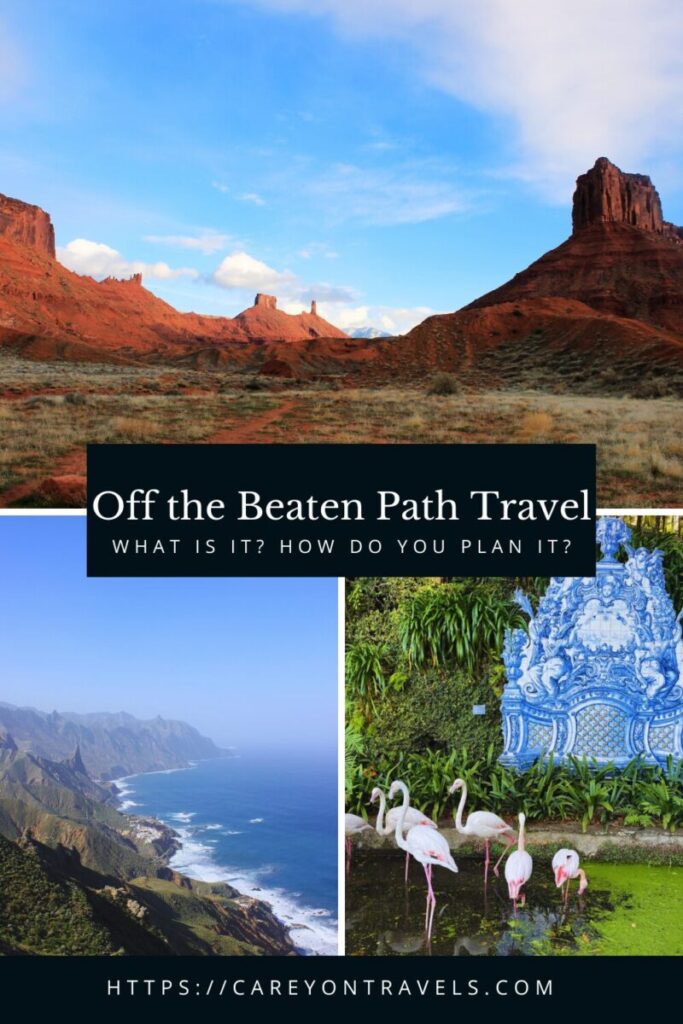
This post may contain affiliate links. If you make a purchase through these links, we will earn a small commission at no additional cost to you. We recommend products we have personally used or verified. Read the full disclosure here.
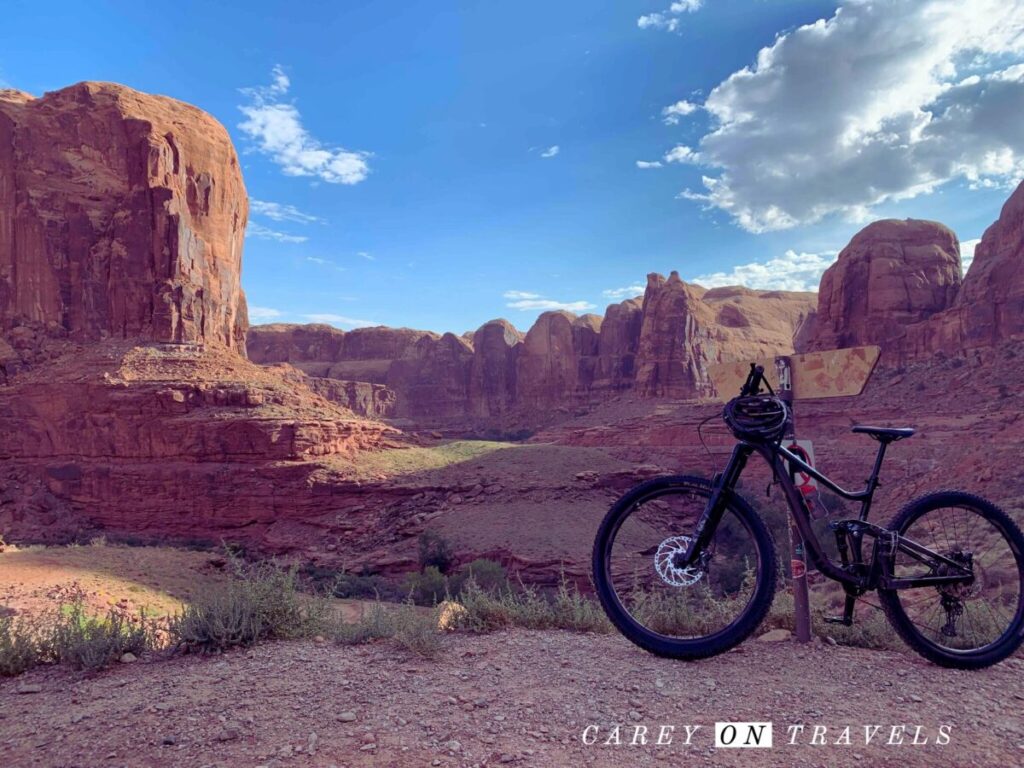
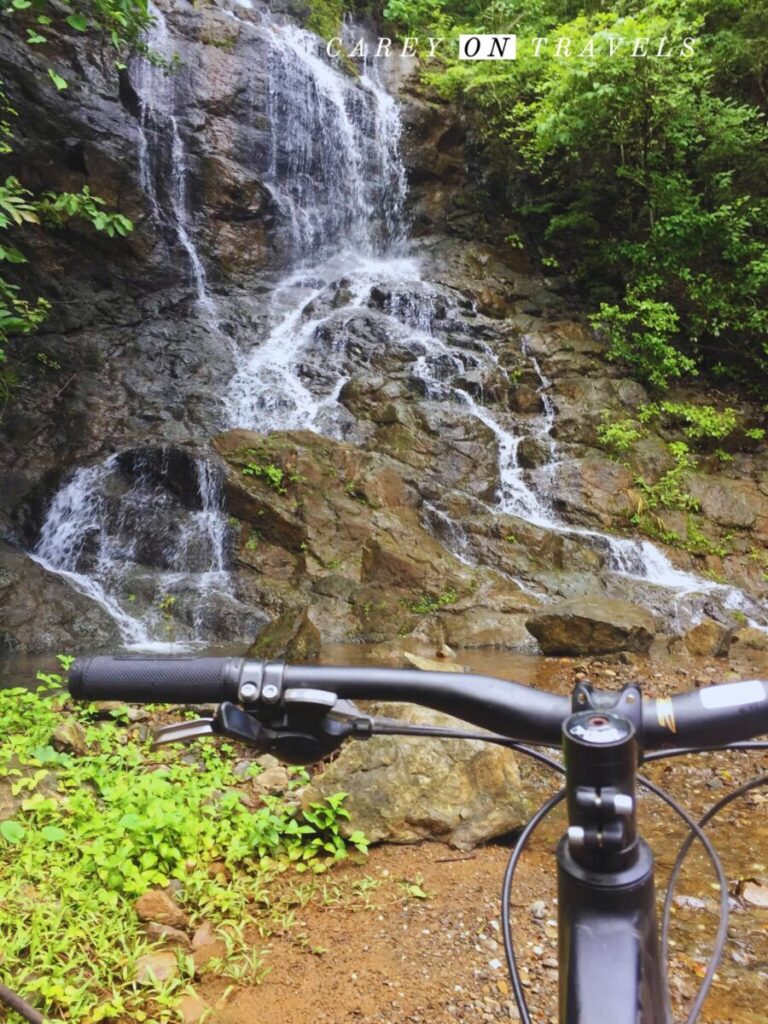
How to Travel Off the Beaten Path
Before you go
- Research and select the destination: talk to people who have been there, search blogs and travel forums. Search for top sites and out of the way places.
- Finding lesser known locations: talk to people who’ve visited before, search on blogs and forums for lesser known locations, hidden gems, and off the beaten path locations.
- Research the history and culture, identifying historical sites that most interest you.
- Slow down: it’s hard to get off the beaten path if you’re moving every night. Plan to stay at least a few nights in each place, ideally a week or two.
- Try traveling by bike or on foot. You’ll be amazed at the different perspectives you gain.
- Stay local: look into opportunities to do home exchanges, house sitting, volunteer trips, or vacation rentals in safe locations walking distance but not in the main tourist areas.
- Travel independently: whether traveling by car, bike, train, ferry, or on foot, traveling independently gives you flexibility to customize your itinerary. You can still take a tour here and there.
- Build flexibility into your itinerary: leave free time each day and free days in your itinerary. If traveling off season, think about booking just the first few nights, booking everything else as you go.
- Identify small group or private tours that take you off the beaten path. Focus on local experiences like cooking classes, harvesting grapes, cheese making bike or walking tours, kayaking tours, or art classes. For ideas, check Airbnb local experiences, Viator, and GetYourGuide.
- Enroll in a class: studying abroad is one of the best ways to immerse yourself in the culture. For shorter trips, look into a week-long language class for a few hours each morning, giving you time to explore in the afternoons. Have you always wanted to learn to sail? Look into taking a learn to sail class such as this one. Take an arts or crafts class such as Tile Making.
- Purchase travel insurance before you go. This applies to all travel, but is especially important when you venture off the beaten path. We recommend using Squaremouth.
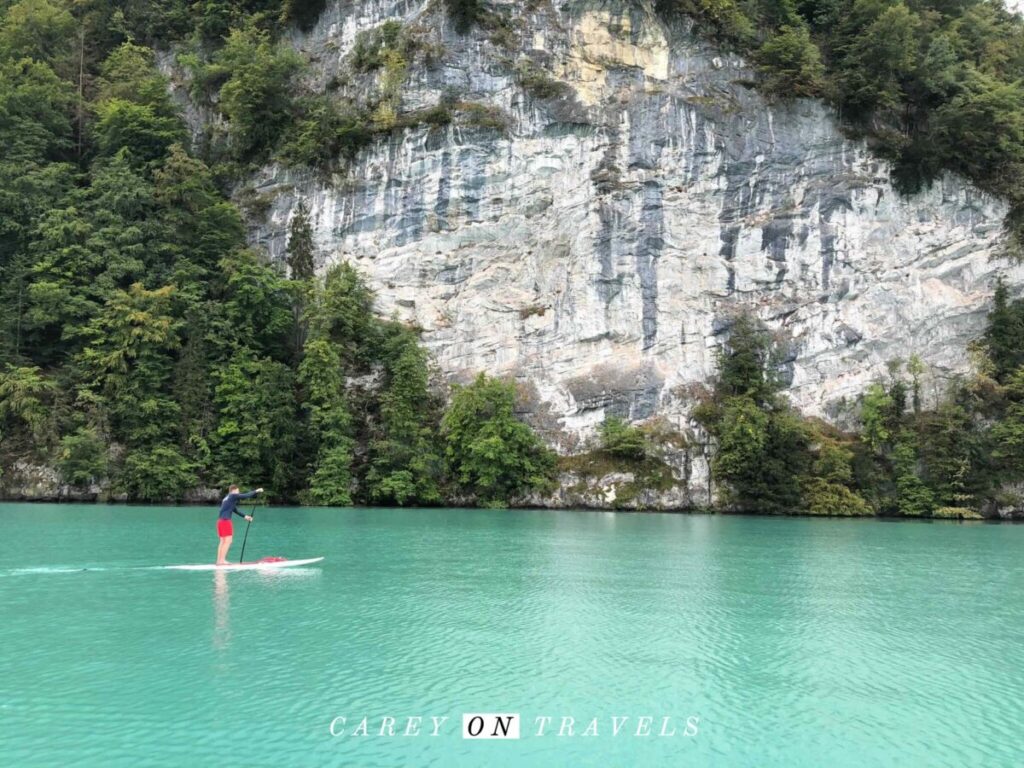
While traveling
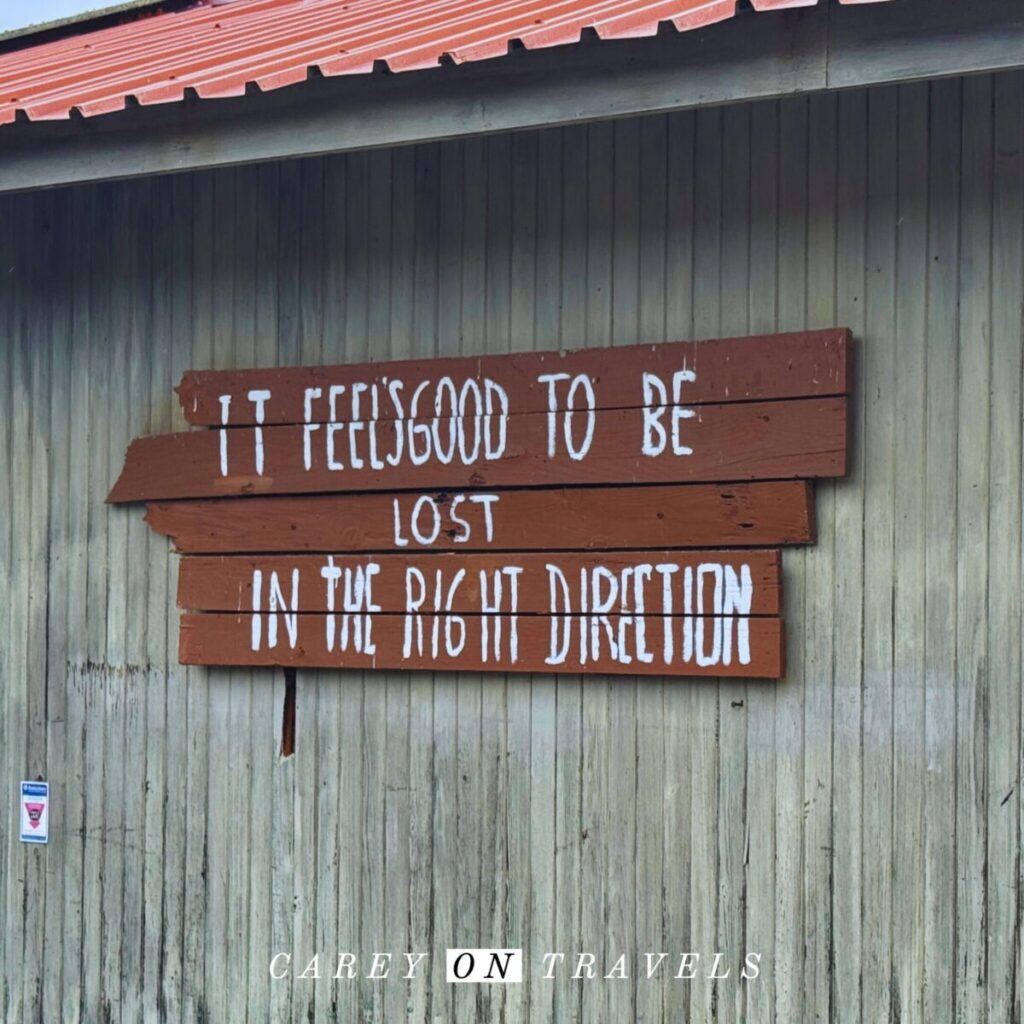
- Get lost: when walking in a city, look at your map, set a direction, then put your map away. Set off and follow your mood. I’ve found some of the best restaurants, neighborhoods, and shops this way. Use common sense with this approach to ensure your safety.
- Strike up a conversation, whether with taxi drivers, in bars, restaurants, etc. We’ve learned more from taxi drivers about local politics, local perspectives on global events, and great places to visit.
- Visit local restaurants and bars: head off of the main tourist streets, looking for busy local restaurants. Engage in conversations, collecting input and ideas for your visit.
- Volunteer in local activities: Plan a volunteer stay with an organization like Workaway. If this isn’t an option, use social media, local guides, and community-based tourism initiatives to find local volunteer activities. Considering joining in a local grape or olive oil harvest, a local beach cleanup or early morning sea turtle walks. Opportunities vary by location and time of year, but are a great way to get involved.
- Join in sports groups or races: If you are involved in sports, look into opportunities to drop in to local practices or races where you’ve traveling. I’ve had wonderful experiences joining running, rowing, triathlon, and open water swim practices and races in numerous countries. Look into hiking groups or bike groups to join for day hikes/rides. Even if you can’t join in, they are often a great source of recommendations for you.
- Embrace minimalism: Travel light and sustainably, leaving room for spontaneity and the ability to move off the beaten path literally and figuratively.
- Prepare for challenges: Equip yourself with basic local phrases, maps, and an understanding of local customs to navigate challenges smoothly.
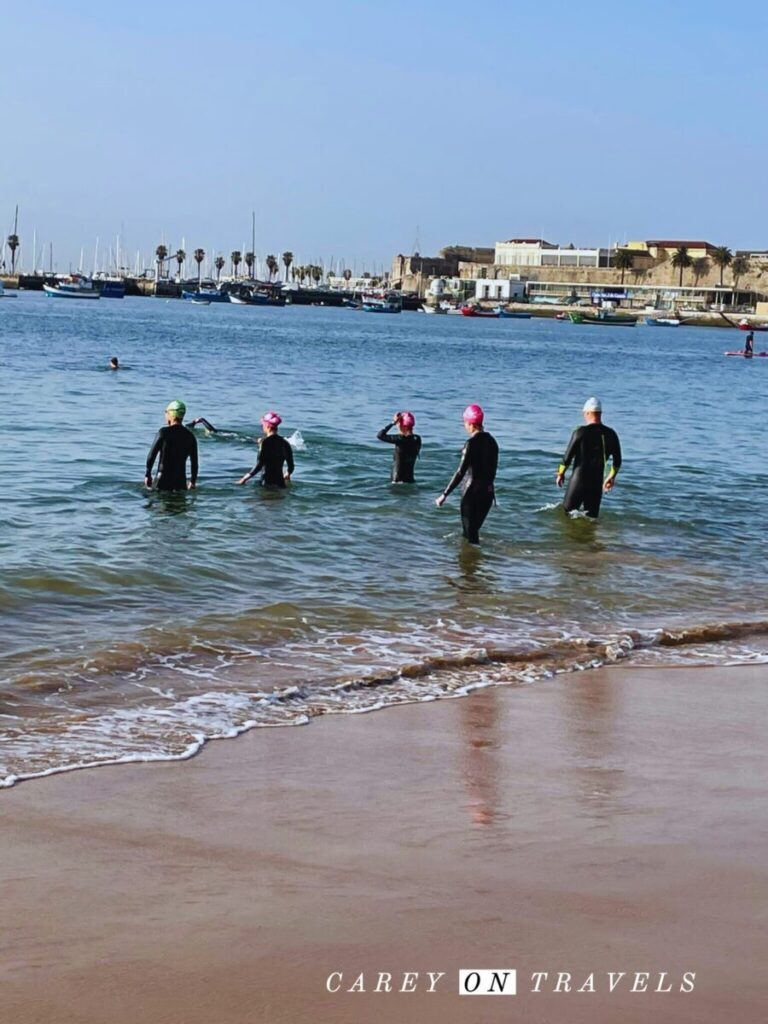
Conclusion
Traveling off the beaten path is not without its challenges. It requires a spirit of adventure and a willingness to face the unknown. Language barriers, unfamiliar customs, and the absence of convenience that comes with more touristy locations are all part of the journey. Yet, it’s these very challenges that make the experience rewarding. They push us out of our comfort zones, teach us resilience, and often lead to the most memorable and transformative travel experiences.
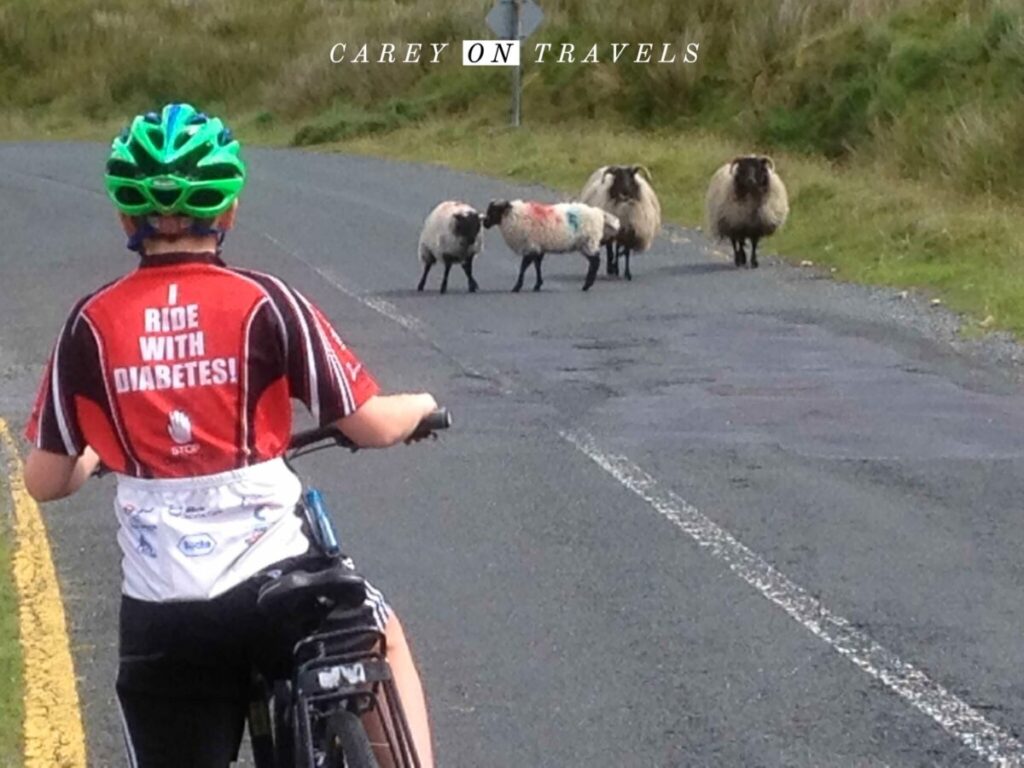
Choosing less visited destinations can also be an act of sustainable and responsible tourism. It helps distribute tourism’s economic benefits to communities that are often overlooked and can reduce the environmental and cultural impact on over-visited areas. By traveling mindfully and respecting local environments and cultures, we contribute to the preservation of these places for future generations.
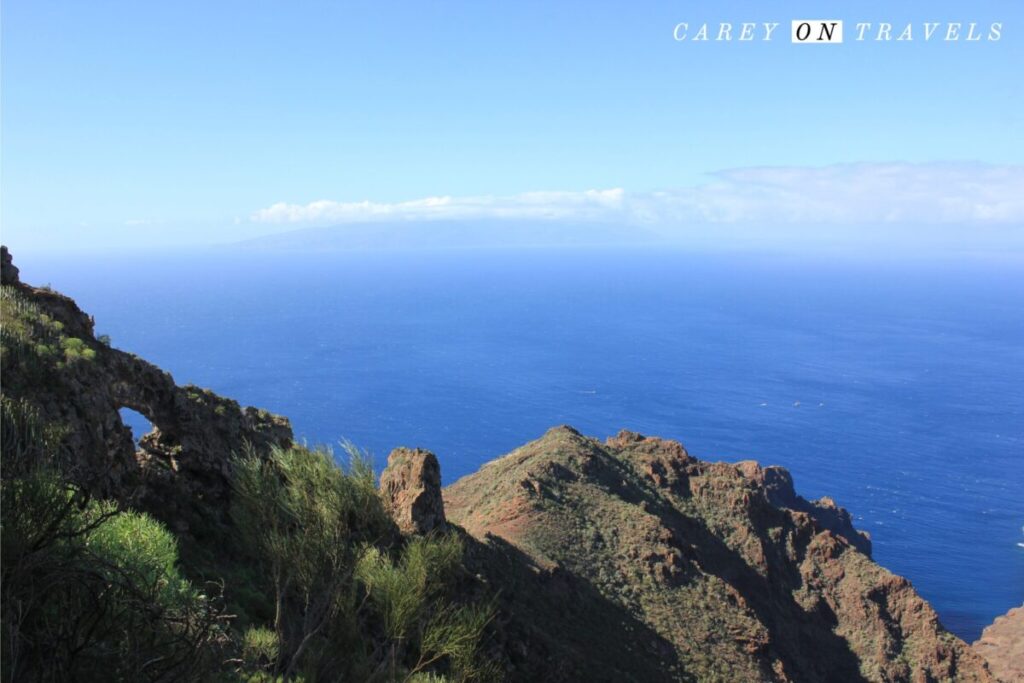
If you like this post on What it Means to Travel Off-the-Beaten-Path, pin it for later!

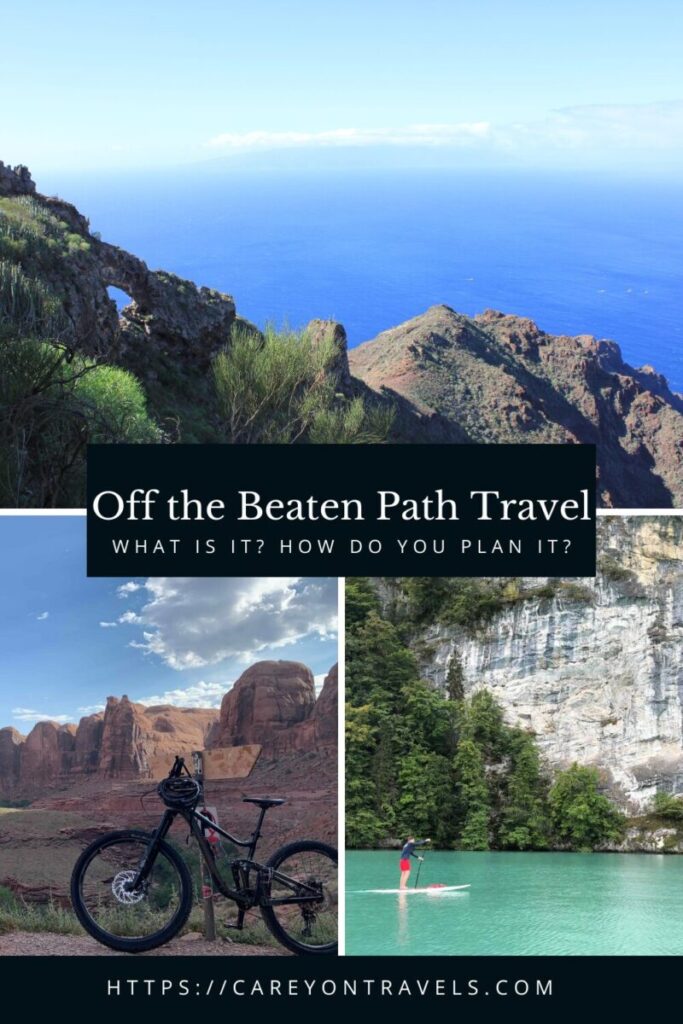
Travel Resources
We recommend booking through our preferred travel booking sites below.
| Air Travel | SkyScanner |
| Lodging | Booking.com, VRBO.com, Expedia.com, Hostelworld |
| Tours and Activities | Viator.com, GetYourGuide.com, TakeWalks.com |
| Car rentals | Discovercars.com |
| Travel insurance | Squaremouth |
| Bike and scooter rentals | BikeBookings.com |
| Train tickets | Trainline, RailEurope |
| Bus tickets | Flixbus, Busbud |

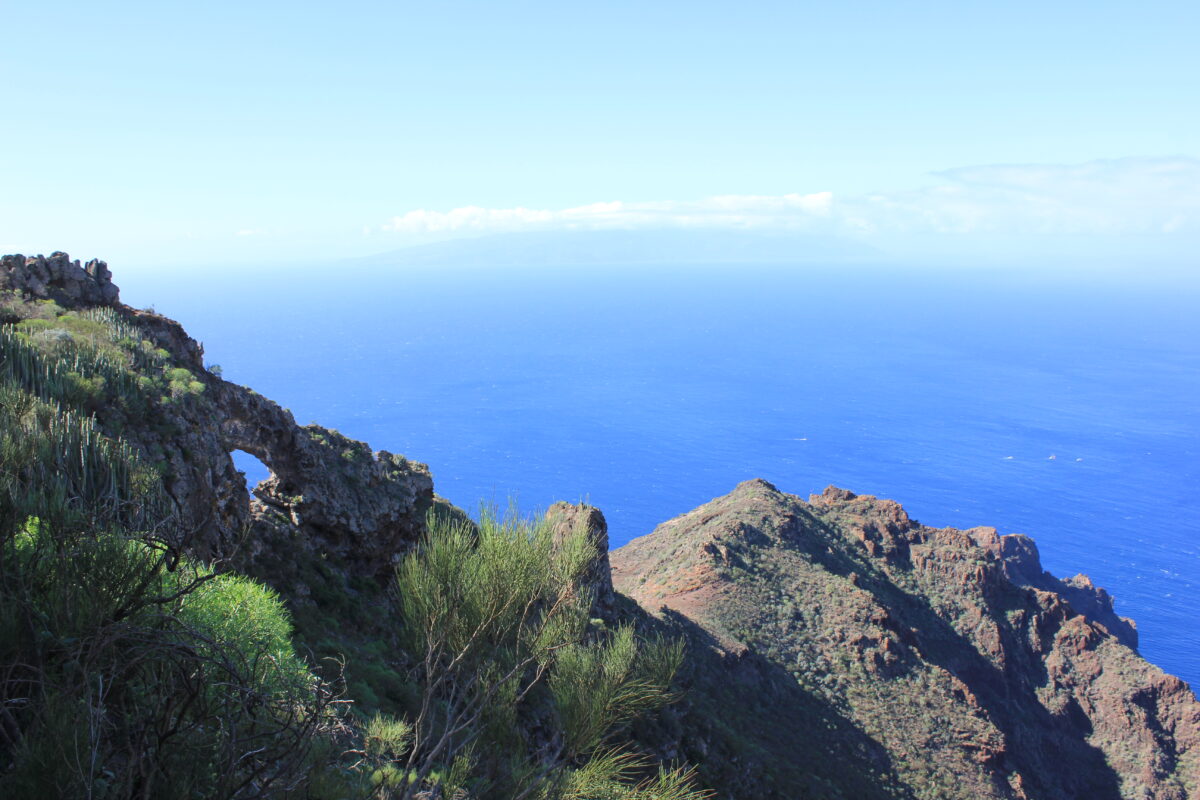



Traveling off the beaten path means embracing adventure beyond the typical tourist spots, allowing you to experience unique cultures, landscapes, and moments that are truly authentic and personal. It’s about connecting with the world in a deeper, more meaningful way, making memories that go beyond the ordinary.
Very well narrated and prompt! It is only when you travel independently and be open to face challenges, you will travel the off beaten path. SImply choosing rarely visited places won’t make you an offbeat traveller
[…] getting travel insurance when you travel, please consider getting it, especially when you head off the beaten path like […]
I’m all for getting (moderately) lost.. it really gets to me when I’m stuck with people who actually get frustrated with ‘aimless walking’ or ‘going the longer way’… sometimes the best discoveries are hidden in all these unplanned journeys and it really demarcates the kind of personalities i absolutely cannot travel with
I like your “moderately” lost, it’s a great way of capturing this.
I am totally on board with this. I have to admit, although I know visiting less famous spots is sustainable and responsible tourism…I like it more because I just prefer visiting places that are less busy. We often find I like less famous hikes just as much as the “must do” spots that are overcrowded…
I love the less crowded hikes too!
Such a great post! I love the idea of volunteering while in a destination. I hadn’t thought of that as an adult, but I used to do that growing up with my church.
Thanks, volunteering is a great way to quickly meet locals.
My best ways to travel are often off the beaten paths and slow travels, the hoping here and there is exhausting and really doesn’t fulfill me! Lovely extensive article.
Thank you
Totally agree that it’s hard to get off the beaten path if you’re moving every night, so slowing down really helps. The other tips are invaluable for people interested in a more authentic travel experience.
Totally agree that off the beaten path also means learning and engaging in local cultures and different environments. We’re a big fan of seeking out less touristy places for a more authentic experience, even if it’s more challenging to do so!
Thanks, I agree.
This is how I like to travel. My best experiences are when I live locally and absorb into the culture and activities.
Thanks
Great ideas and reminders to slow down and really immerse yourself in a destination. I think that holds true for places that are well-traveled as well. Slow down. Get lost. Talk to people. All things that help lead to a more authentic travel experience.
I agree. Whether truly on or off the beaten path, authentic travel experiences are the best.
You are so right, off the beaten path is where all the real life is going on! I love doing just that – going to places no one even heard of, not even locals!
Thanks!
Off the beaten path … slow travel …. indeed … the best way to travel …
(But in order to minimize the negative impact of tourism, many of us travel guide writers have destinations we never write about … by request of the local population, in order to preserve their traditions and not drive prices out of their reach … )
Hi Lorraine, this is a great point.
Have you done a house swap before? I’m tempted so I can spent more time in one place but I’d love to hear real experiences…
Yes and no. We have stayed long term in one place, but haven’t done a classic home exchange (meaning, swapping with another family). Home Exchange lets you do both classic swaps and with points, which makes this a more flexible option.
Travelling off the beaten path can definitely challenging but its also rewarding 🙂 I genuinely enjoy it.
Agreed!
I love this topic as I’ve travelled a lot but to “other” destinations. I’ve never liked big tourist hotspots and often go the other way. I’ve never been to Bali for example but spent time in Nepal and Laos instead. I live avoiding busy places and spend time in nature instead. Great post!
Thanks!
As Dutchies, we love a good off-the-path bike adventure! Thanks for the wonderful tips. Will definitely use them!
Thanks! Bike trips or even just bike rides for a day of exploring are some of my favorites.
These are all great tips and I utilize most of them when traveling as well. Conversing with the locals and venturing off to explore are great ways to travel off of the beaten path. I love being able to support local businesses as well.
Great point on local businesses!
I am all for traveling off the beaten path and in remote areas – I feel it’s the best way to experience traveling. This is such great resource of reminders to explore safely!
Thank you!
I love your tip about getting lost, wandering towards the location on your map, and discovering new restaurants + following your mood. These days, I’ve been so tied to my phone’s GPS that this is something I’ll try on my next trip on foot.
I think we all fall into the GPS habit sometimes. It always feels great to take a break from it.
You’re absolutely right about leaving time in your itinerary. It’s so easy to plan full days but some of my favorite travel days have been the ones where you leave just enough room for whatever the universe wants to throw your way!
Thanks, I fully agree.
How fun! I’ve traveled the world and feel like all my travels were off the beaten path though they probably weren’t!
If you felt they were off the beaten path, that’s all that matters.